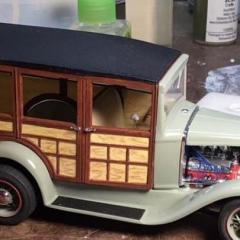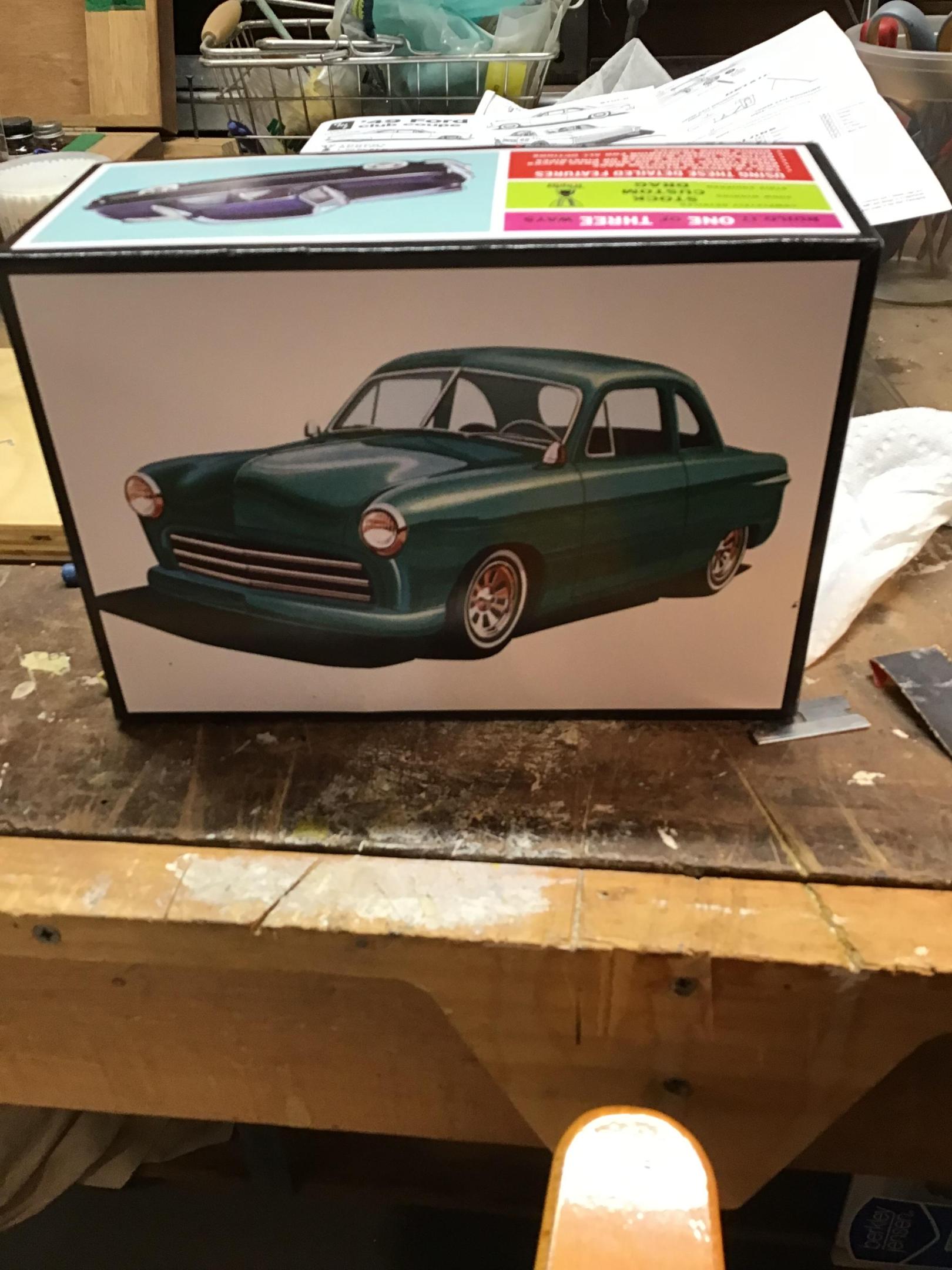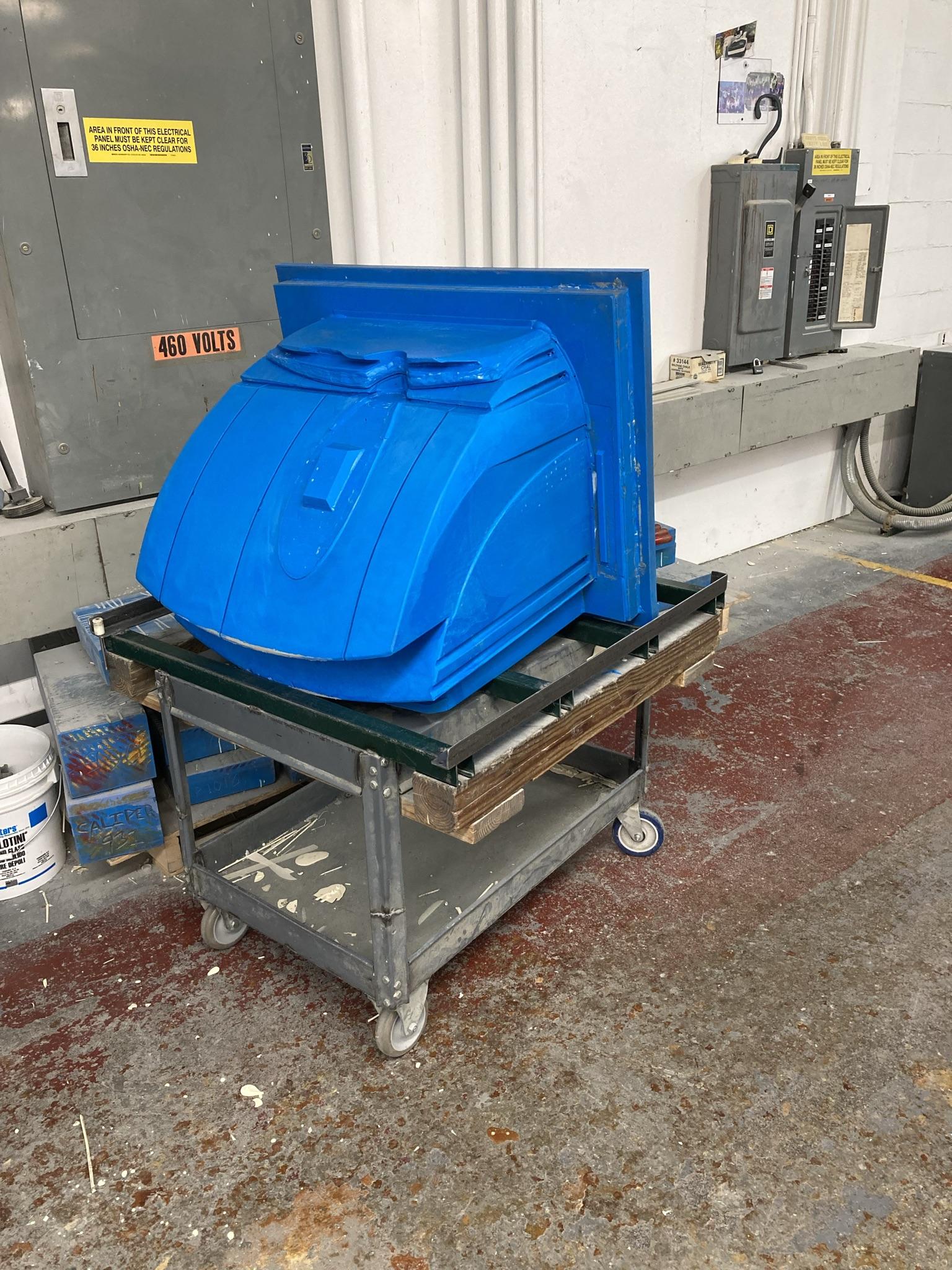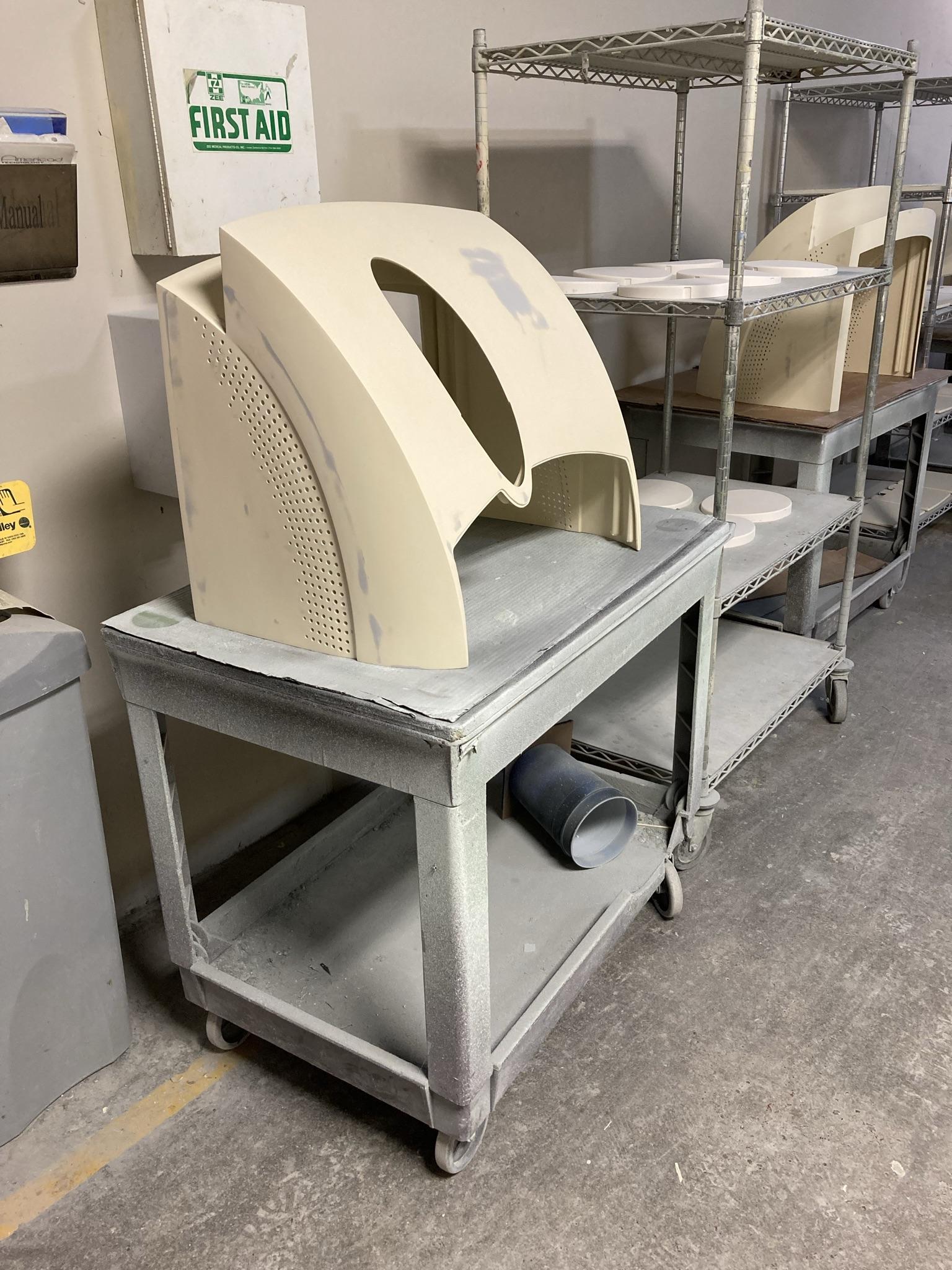-
Posts
464 -
Joined
-
Last visited
Content Type
Profiles
Forums
Events
Gallery
Everything posted by Rick L
-
No need to prime. Wet sand with a super fine grit and spray the lacquer over it.
-

Tips for Repairing Broken Windshield Pillar
Rick L replied to In2Carz's topic in Model Building Questions and Answers
Agree! Being a collectible, you should keep it as original as possible. Any collector would notice a total repair and it’s value would be lost. -

Best clear material for large flat windows?
Rick L replied to crowe-t's topic in Tips, Tricks, and Tutorials
You can purchase a .005x24”x24” square sheet of polycarbonate film from McMaster-Carr for under $3.00. -
I helped a friend with his train layout years ago collecting homasote fibers through a jointer. As I recall, he added his plaster material in the same manner.
-
If you’re heat forming, the plastics mentioned will work fine. Avoid polycarbonate films. They’re too tough to work with.
-
You don’t want thin acrylic for flexibility. Too brittle.
-
The thinnest acrylic available is 1/32.
-
To get a flat even half round out of tubing, lay the .08 tube down on a flat surface with double sided tape and sandwich each side with a flat layer of .04 shim stock along the lengths also taped to the flat surface. Sand down the tube length wise with a sanding block until you reach the shim stock.
-
Good question. Unless you have access to a milling machine, I can’t answer that.
-

Another Can Of Testor's Bites The Dust
Rick L replied to oldcarfan's topic in Model Building Questions and Answers
Or if he loves the color that much, he’ll buy one.? -
The old Testors paint was lead based and would cover well. The new version are lead free and don’t cover well without primer. Lacquer will cover better but does not brush on as smoothly as the enamel. The routine process is to wash the parts of mold release agent in warm water with a few drops of Dawn detergent, rinse with clean water, let dry and prime everything before paint.
-

Repairing Paint Chipping - Tamiya Lacquer and 2k clear
Rick L replied to DiscoRover007's topic in Tips, Tricks, and Tutorials
Wow! That chip is huge! I’d sand the whole car down to the bare plastic and start over. ? just kidding. I’m with Pete on this one. I can barely see the chip. A little touch up and no one will notice unless you tell them. -

Unconventional Materials - From the jewelry area
Rick L replied to Jiml0001's topic in Tips, Tricks, and Tutorials
If we all built models the same way, this forum need not exist. -

Loosen the lid on Testors enamel square bottles.
Rick L replied to R. Thorne's topic in Tips, Tricks, and Tutorials
Amazing! 39 replies on how to open a stuck bottle cap.? -

Looking for the "best" '49-'54 Ford Sedan Kit
Rick L replied to Bill Anderson's topic in Model Building Questions and Answers
I think this 49 Ford is a re-pop and I agree with the other posters that this is one fine kit with nice options. It will not disappoint. -
Perfect simplicity.
-
Very clean build. Thanks for sharing.
-
I spent 40 years building mockups, engineering prototypes and mold masters for short run casting. Mostly for the medical diagnostic field. That casting is one of many enclosures we produced for a long time client.
-
Also note that some casting materials, particularly polyurethanes, need to be cast at higher temps in order for their properties to work. Or they become brittle when fully cured. This mold is set in an oven preheated to 150 degrees before injection cast with 2 part urethane mix.
-
Meanwhile, the inventor of that simple little part is laying under a palm tree somewhere, sipping Pina coladas
-
Generally, the longer the pot life the less heat will be produced. If you’re working with small parts with thin walls such as small scale model car parts you shouldn’t have any issues with the castings. The mixing cup on the other hand may be an issue if it’s a fast curing plastic or epoxy such as the reaction Bill experienced. If you’re unsure of the reaction you may get just cast the part and leave the mold and mixing cup outside.







